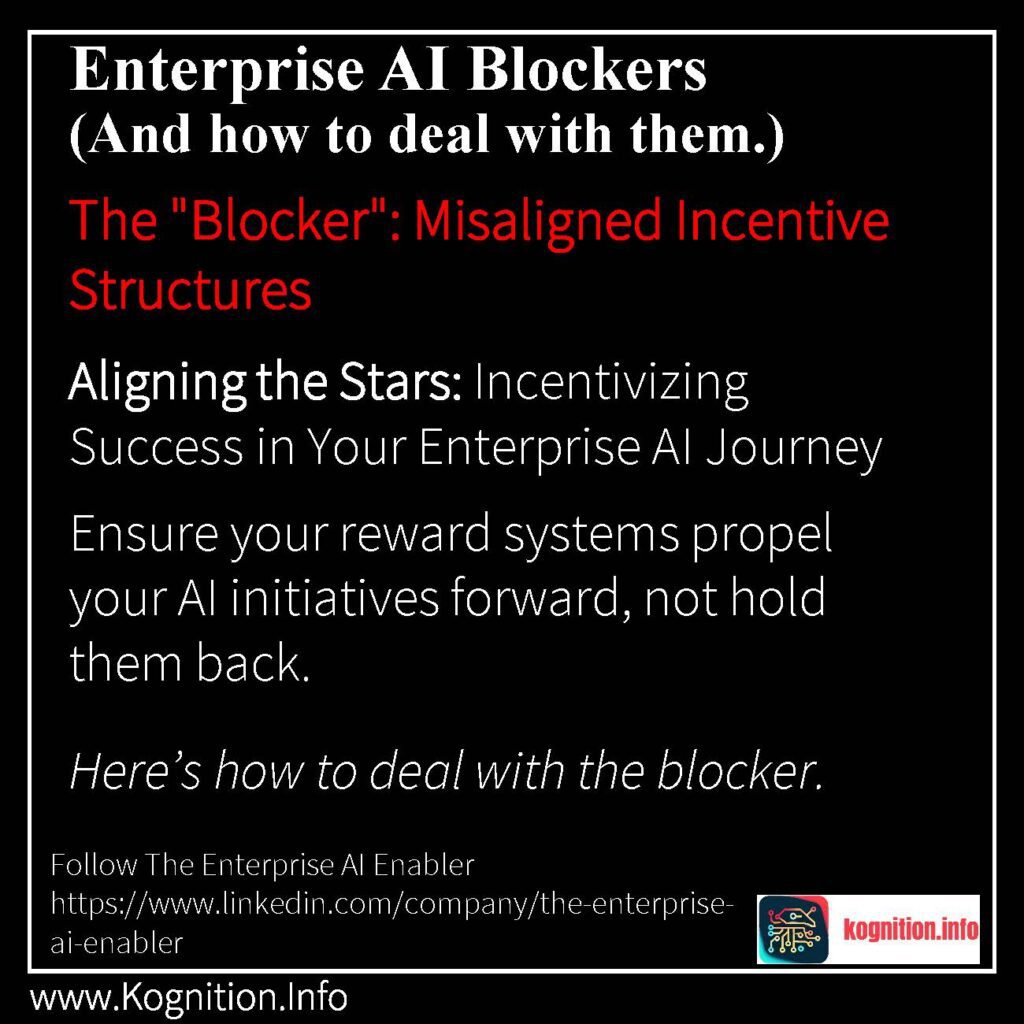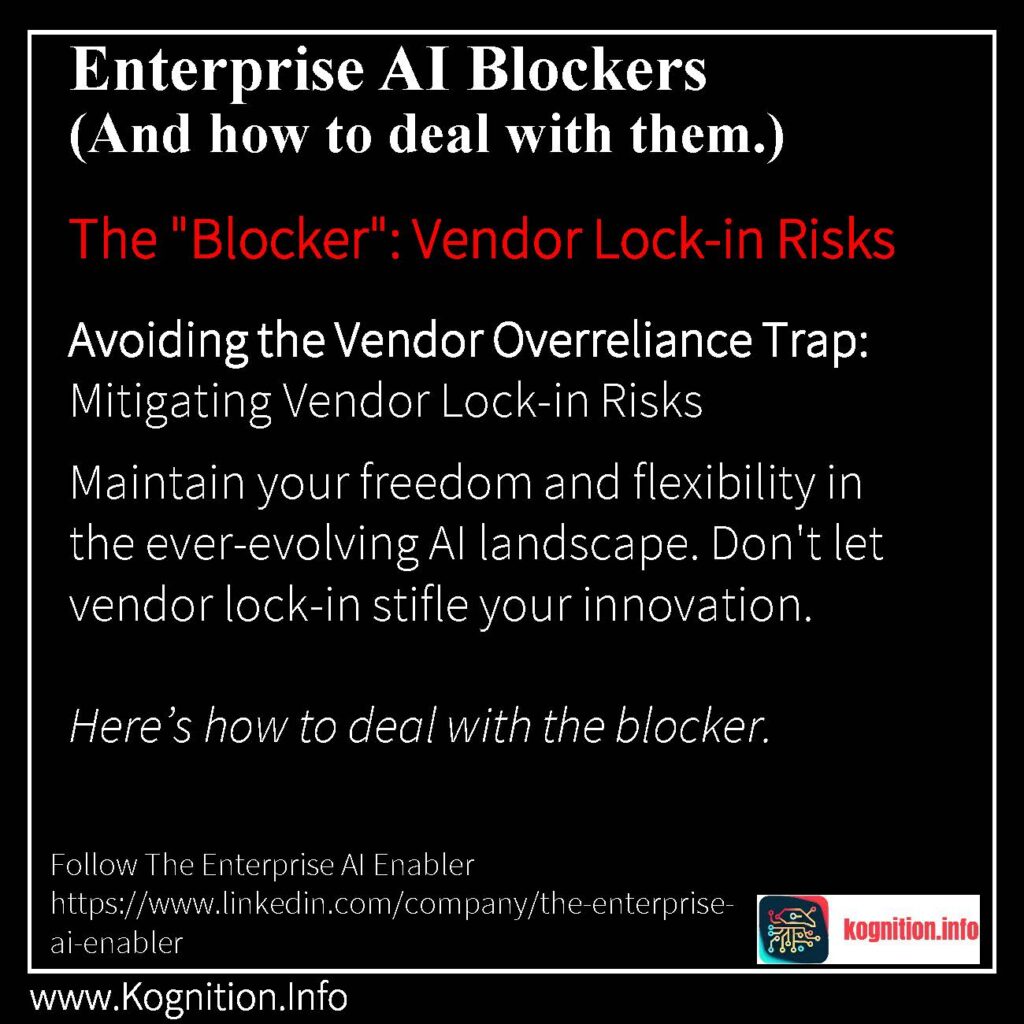Escaping the Waterfall: Why Agile is Essential for AI Development Enterprise AI is a complex endeavor with several Blockers (or Rocks) impeding progress. Here’s one blocker and how to deal with it. Don’t let rigid methodologies drown your AI projects. Embrace agility for faster iteration and better results. The “Blocker”: Inflexible Development Methodologies Imagine trying…


